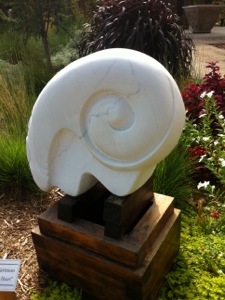Internationally known dancer/teacher/choreographer Tong Wang will teach an open master class for intermediate and advanced dancers this Thursday. The class begins at 6 pm and will conclude at 8 pm. This will be the first class in a series of Master Classes to be taught by Ballet Arkansas’ guest choreographers and guest dancers throughout the 2012-2013 Season. Mr. Wang is choreographing a new work for Ballet Arkansas’ fall concert, American Images</em, which premieres at Wildwood Park for the Arts October 12-14.
Where: Ballet Arkansas Studio at Shuffles & Ballet II
1521 Merrill Drive, Little Rock
When: This Thursday, August 30th
6:00-8:00, please arrive early to register
Class Fee – $25
Observer Fee – $15
Both participants and observer numbers are limited, so advance reservations are required. Female dancers should bring pointe shoes.
Tong Wang is assistant professor at the University of California at Irvine Department of Dance. For the last twenty years, he has enjoyed a successful international dance career as a principal dancer. After graduating from Beijing Dance Academy in 1986, he danced with Shanghai Ballet, Tulsa Ballet Theatre, Dayton Ballet, Colorado Ballet, and most recently, Ballet West in Salt Lake City. He has performed almost every leading male role in the classical ballet repertoire and also danced a full range of ballets created by world-renowned choreographers such as George Balanchine, Antony Tudor, Frederick Ashton, John Cranko, Paul Taylor, Glen Tetley, Birgit Culberg, Choo-san Goh, William Forsythe, Ben Stevenson, and Hans Van Manen. While dancing professionally, he completed his B.F.A and M.F.A degrees with the University of Utah Ballet Department and also worked as a guest faculty member.
In addition, he has enjoyed a choreographic relationship with Ballet West, the University of Utah Ballet Department, Wright State University, Cincinnati Conservatory of Music, DanceOhio, and Ballet West Conservatory. Mr. Wang has served as Assistant Professor of Dance at Wright State University and at Butler University in Indianapolis.








